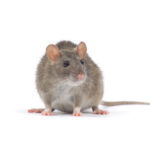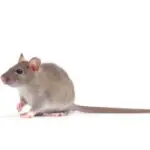How Do Rats See?
Rats’ eyesight is similar to ours, although their capacity for color contrast is relatively limited. Rats can see a blurry blue-green hue, but they can see distinct colors. This allows them to see objects close by, and to recognize their owners from a long distance. They also have good memory and can distinguish between humans and other animals.
Rats’ retinas contain two types of cones, one with a pigment sensitive to ultraviolet light, and another that is sensitive to light in the middle of the visible spectrum. These cones produce different signals, and researchers have used electroretinograms to measure the signals that each type produces. The results of these experiments demonstrate that a combination of cone-type responses is required for color vision.
In a classic experiment, a group of rats was placed on a sheet of glass that covered half of the surface and half of the void. This experiment is known as the visual cliff, and it reveals that rats use visual signals to orient themselves. In contrast, human children often prefer to step on a platform that is partially covered with glass. In addition, they rely on visual information to judge the depth of objects. The rats, on the other hand, preferred to step on the shallow or deep sides of the glass equally.
Rats can see in both light and dark environments, but they prefer the darkness. This allows them to see in more detail. Although their eyesight is limited, they are able to differentiate the colors of other animals and their own urine. They can also distinguish between other rats.








